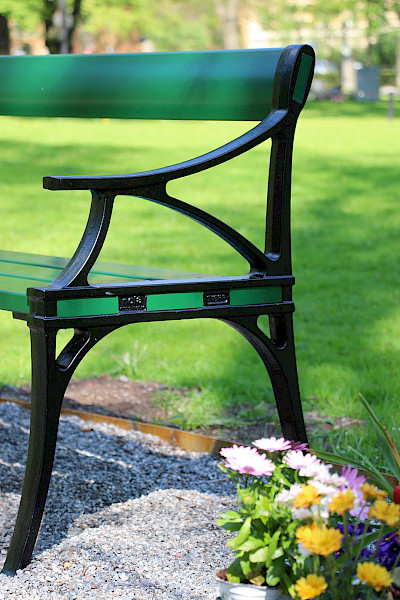Access
Park Bench
The Access park bench is ergonomic design at its best. The bench is designed to accommodate a wide range of body shapes and different levels of mobility.
2022–05–10
Today, accessibility is a central part of our design brief and product development process, and something that is second nature to Nola. ‘Accessible’, just like ‘inclusive’, are more than keywords - they top the list of requirements for each and every product we design.
Accessibility is, has been, and always will be one of Nola's most important values. As a concept, it forms the basis for holistic, humancentric designs. Although this is part of our DNA today, it took a while before accessibility gained traction in the public space sector. It reflects Nola’s belief that the city should be enjoyed by everyone, regardless of age, or level of mobility.
Nola launched the Access park bench in 2005, after developing it in collaboration with the design studio then called the Ergonomics design group. At the time, we knew it was a uniquely accessible design that would set the stage for future product types. These days, the principles behind Access underpin all of the products we design, and they influence public space products created by other manufacturers too.
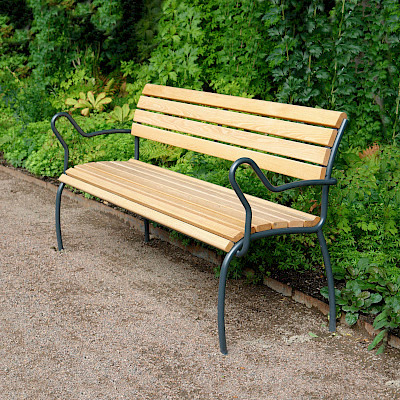
— When we started thinking about making a park bench for the elderly around 2004, it was very unusual for public space furniture to have any requirements or specific guidelines for accessibility at all. Park benches were usually very low and the backrests were deep, which meant the elderly and the disabled could have trouble rising to their feet again. That's why we contacted the Ergonomics design group and shared our idea for an inclusive, accessible bench. A park bench that would be designed for everyone, but specifically for the elderly, says Agneta Stake, Nola’s founder and product development manager.
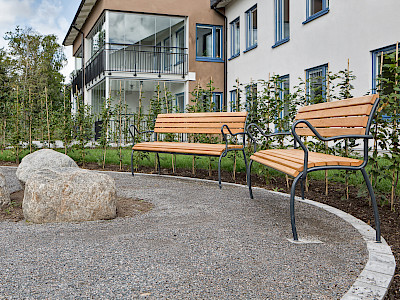
The Ergonomics design group (later called Veryday and known today as McKinsey Design) were pioneers in Swedish industrial design and worked exclusively with ergonomic design. That made them an obvious choice for the collaboration with Nola. Together with the head designer, Maria Bengtzon, interviews and tests were conducted with focus groups to determine the angle of the seat, level of incline for the backrest and shape of the armrests. The result was a bench that was unique in shape as well as in function, with a higher seat height and slightly sloping edge that makes it easier to rise to one’s feet. The shape of the armrests created a ‘helping hand’ to provide additional support if needed.
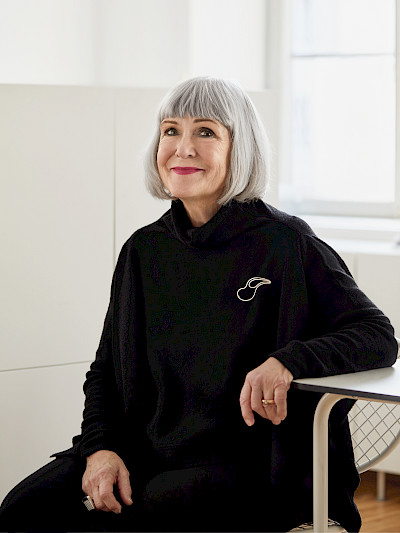
Agneta Stake, founder and product development manager at Nola. Photo: Åsa Liffner
”Access was unique in how it took the needs of the elderly to a new level, which was clearly reflected in the design of the bench itself.”
— Access was unique in how it took the needs of the elderly to a new level, which was clearly reflected in the design of the bench itself. It is actually more popular today than it was when we launched it. Maybe its playful form and special ‘helping hand’ message has grown in people's consciousness so that they understand it better now, says Agneta.
A lot has happened since 2005 when the sofa was launched at the Stockholm Furniture Fair. Today, it is a popular choice for a wide range of public space environments, including health centres and nursing homes. A large number of Access park benches were installed in Gothenburg as part of the so-called "talking benches" initiative, making them important parts of the city's accessibility programme.
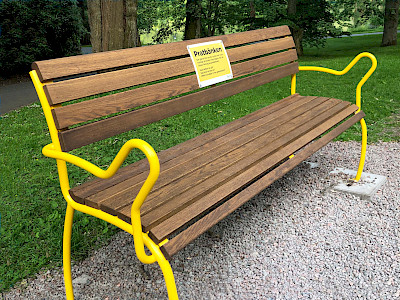
A large number of Access park benches were installed in Gothenburg as part of the so-called "talking benches" initiative, making them important parts of the city's accessibility programme.
Accessibility is a given today, reflected in every design we create. It may not always be part of the standard design, but will be available as an option, such as special armrests, for example.
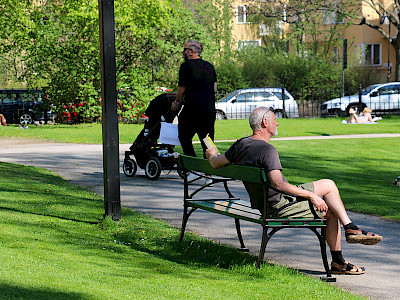
Tessin is also a classic cast iron sofa with ergonomic option and higher seating.
